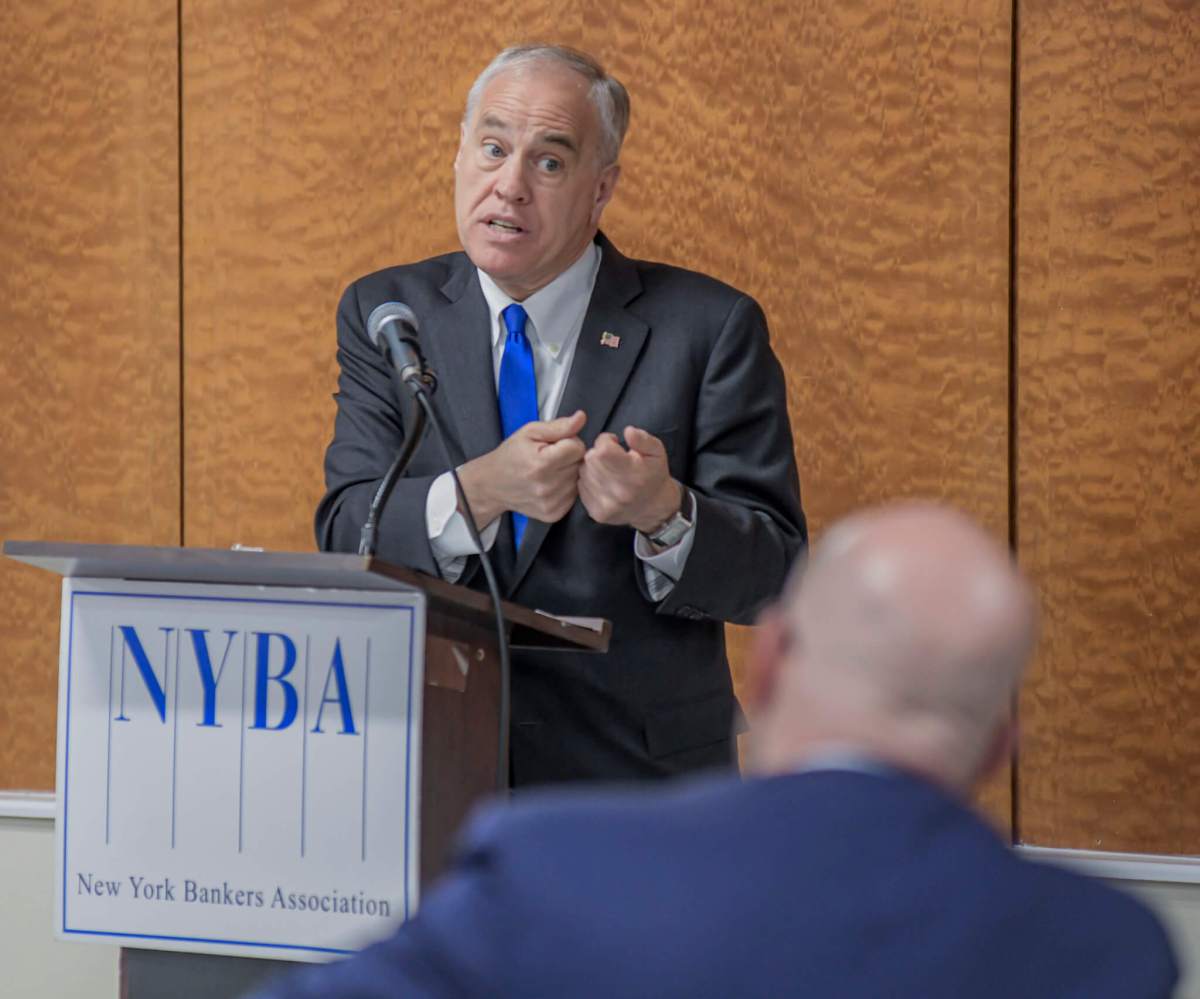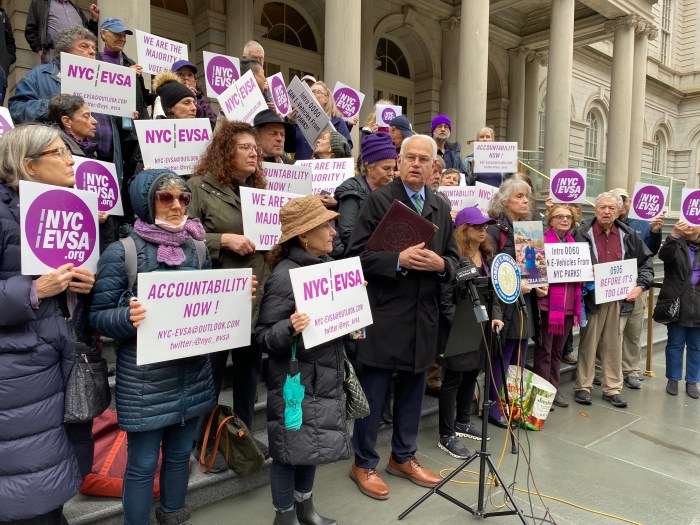New York state has provided financial support to the Metropolitan Transportation Authority (MTA) to stabilize its finances, but the transit authority is now facing challenges with its capital program due to funding issues, according to a report released by State Comptroller Thomas P. DiNapoli. The MTA’s capital work, crucial for maintaining and upgrading the regional transit system, has been delayed, potentially affecting future plans and the quality of service for riders.
The MTA’s capital commitments have fluctuated in recent years, with the authority investing $11.4 billion in capital work in 2022, a record high. However, this figure dropped to $8 billion in 2023, and the 2024 target, initially estimated at $12 billion, now stands at under $3 billion. Delays and uncertainties surrounding congestion pricing implementation, originally expected to contribute about $15 billion to the MTA’s current $54.8 billion 2020-2024 capital program, have pushed back vital projects and raised concerns about the source of funding for future projects.
Looking ahead, the MTA is expected to release its 2025-2029 capital program by October 1, 2024, outlining priorities for system repairs and improvements. The size of the program is anticipated to be at least as large as the previous program, with a potential funding gap of at least $25 billion if alternative revenue sources are not identified. This gap could lead to increased debt, negatively impacting the MTA’s operating budget and possibly necessitating fare hikes or service cuts.
The report also outlines the MTA’s debt situation, highlighting that long-term debt issued and supported by the operating budget more than doubled between 2000 and 2010. Although the growth rate slowed from 2010 to 2019, the debt has since increased to accommodate capital spending. The total outstanding debt is expected to rise from $42.4 billion in 2023 to $59.9 billion by 2028.
A small but growing portion of the MTA’s debt is funded outside the operating budget, known as capital lockbox debt, primarily supported by future congestion pricing revenues. This shift is projected to stabilize the operating budget by reducing the impact of annual debt payments. Non-lockbox debt, impacting day-to-day operations, is estimated to decline over time as the MTA relies more on lockbox debt.
DiNapoli’s report calls on the MTA to prioritize its needs to avoid disinvestment in the system, emphasizing that bringing back riders will be essential to reducing the MTA’s long-term debt burden. The report warns that without a clear plan to manage its financial challenges, the MTA risks impacting the quality of service for its riders and the broader stability of its transit system.
Read more: 34th Street Ferry Shuttle Bus Service Ends




































